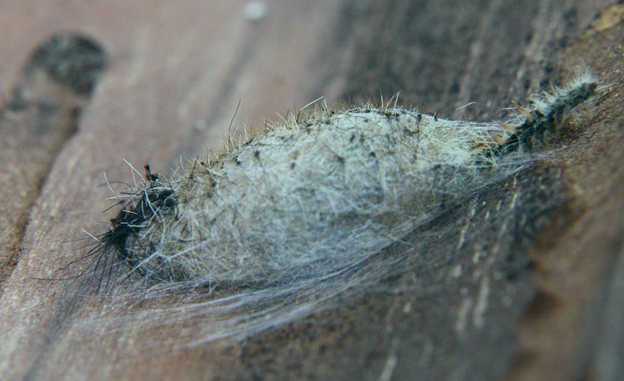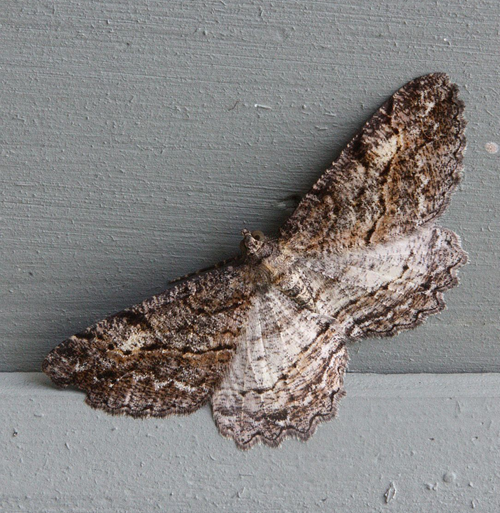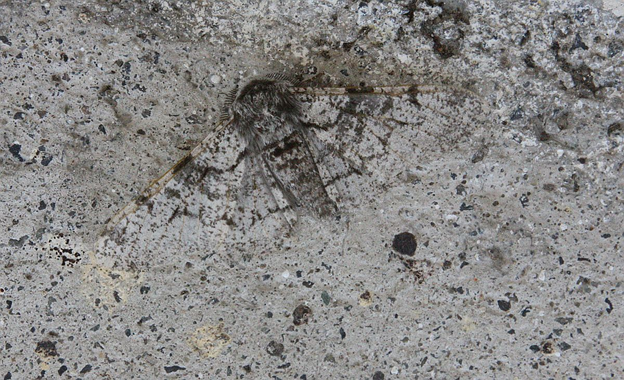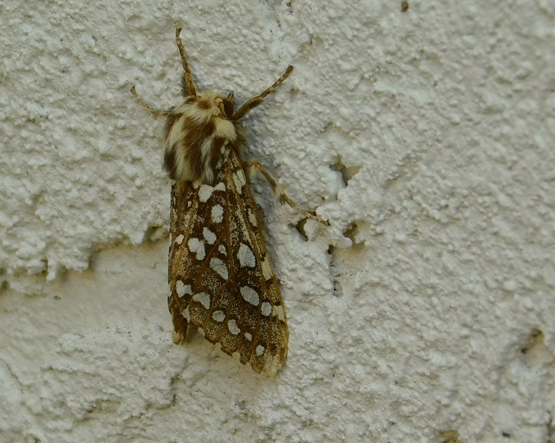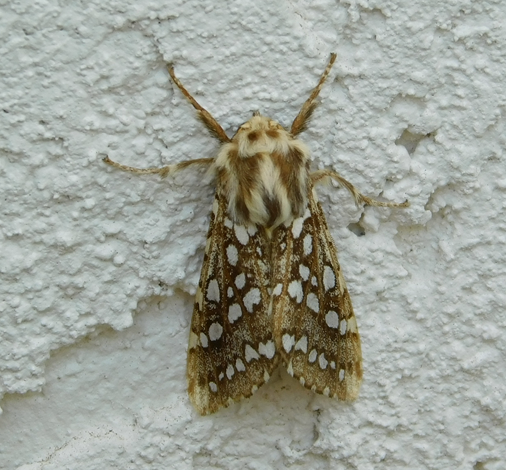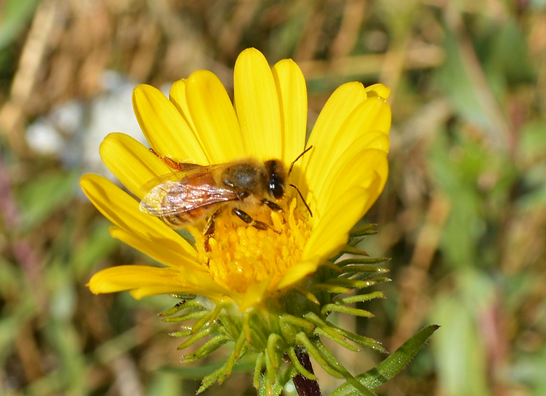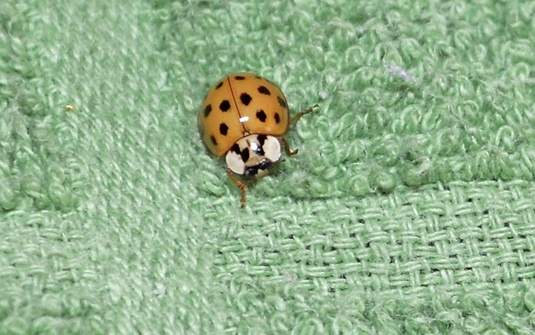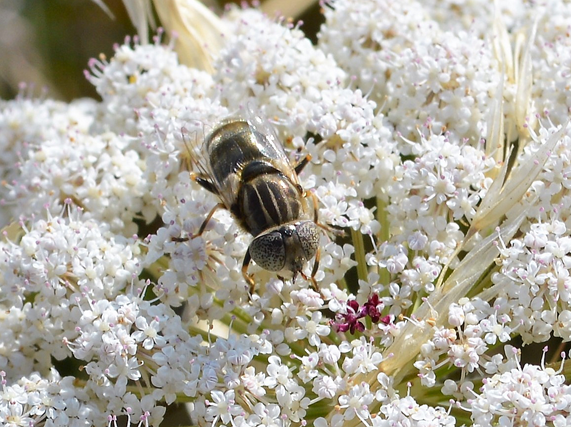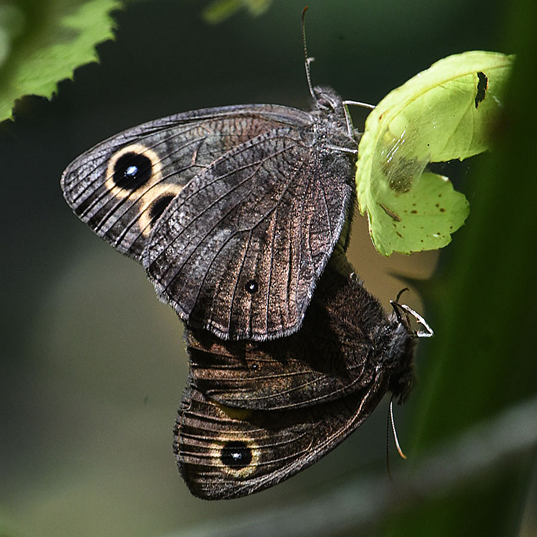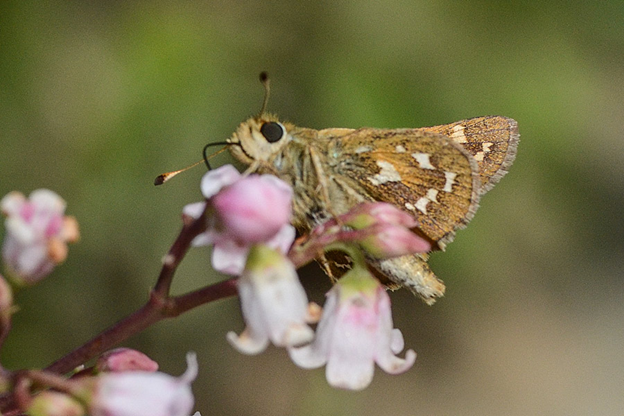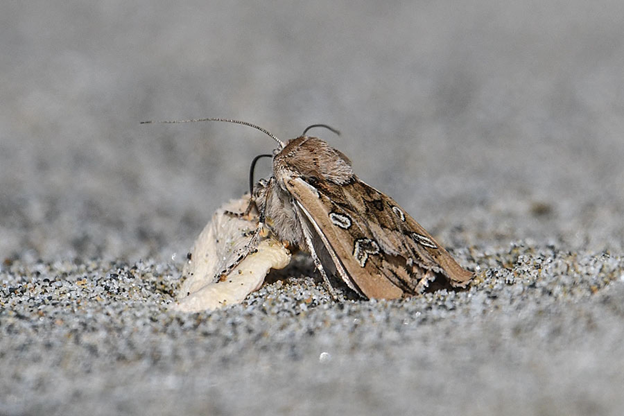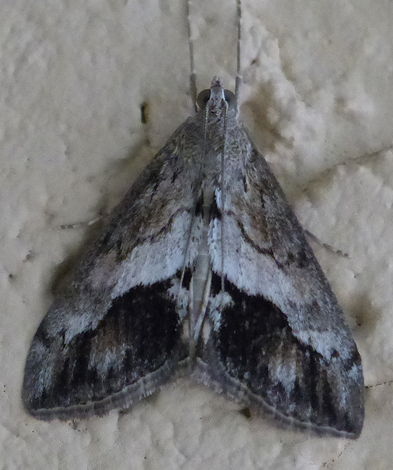2019 August 13
Two items this morning, from Jeremy Tatum:
- Invertebrate Alert
- Johnson’s Hairstreak
1. Invertebrate Alert
The Invertebrate Alert Website was started in 2010 and has posted items daily (in high summer often two or occasionally even three postings per day) for the last nine years. It has been a most enjoyable experience running this site, and, needless to say, I have learned an enormous amount about the invertebrates of Vancouver Island, and have made many friends. It has, however, been quite time-consuming, and during the peak months May to August preparing each posting has often taken several hours, or most of a full working day. This has been no problem, because it has all been thoroughly enjoyable.
However, in the last few days a computer problem has arisen, and I have been spending the last five days doing almost nothing but trying to solve it, which is not so enjoyable, and I have neither the expertise nor, frankly, the time to struggle with computers. The problem that has arisen, as I understand it, is that UVic has recently installed a new security system, which scans photographs sent via email. Apparently photographs can be manipulated to contain malware, and so photographs have to go through a filter. The filter has twice recently flagged an Invert Alert posting. The effect of this is not only that the posting to Invert Alert is blocked, but also my personal access to any VNHS site, including the VNHS Home Page, is blocked. [Also apparently my access to BCVIbirds is permanently blocked. I don’t understand that, because I didn’t think BCVIbirds was a VNHS site. It may have been just a coincidence, but the BCVIbirds site became blocked for me at exactly the same time as the VNHS and Invert Alert sites were blocked.]
I have had extensive discussions with the staff at the UVic Help Desk, and they have been most helpful in suggesting possible solutions. In one of these, I would post photographs in zip files, and viewers would have to unzip the files in order to view them. In another solution I would have to change my email address. I feel that both of these possible solutions are unacceptable, or even if they were acceptable, I simply no longer have the time to implement such changes. Although officially retired, I am still engaged at a professional level in astrophysical research, and the extra time involved in trying to solve this current computer problem is seriously infringing on my professional work.
This posting, therefore, which includes no photographs, is my last Invert Alert posting, and is a very sad day for me, although every cloud has a silver lining and it may give me a bit more personal time for butterfly- and bird-watching, which I have sorely neglected of late. I would like to thank the many contributors who have been sending in enormous numbers of photographs and sighting records of extremely high quality. I haven’t worked out the statistics, but it would surprise me if much fewer than a thousand species have been featured over the years. I also thank the many professional and amateur specialist experts who have generously given their time and expertise in identifying many of the species. And I particularly thank Adam Taylor who originally set up the system which (normally!) made it so easy and routine to post items, to make corrections to past postings, and to update the Index regularly.
2. Johnson’s Hairstreak
Earlier this year it was revealed with little warning that there was to be extensive logging in the Port Renfrew area, and this led to much public protest. At the suggestion of one of the regular Invert viewers I wrote (on paper, not email), a little more than three months ago, to Minister for the Environment George Heyman, concerning the Johnson’s Hairstreak, which had been discovered in that area two or three years ago by Devon Parker. I enclosed a photograph of the butterfly. I also asked what its legal status was (I already knew that it was S1S2 – but I didn’t think the Minister probably knew, and I wanted him to make the effort to find out.) I have just had a reply from Asisstant Deputy Minister Jennifer McGuire, and this is what she says in part:
Johnson’s Hairstreak has a provincial status rank of S1S2 (critically imperiled/imperiled) and is on the BC Red List…The species is pending assessment by COSEWIC, and therefore is not currently eligible for list under the Species at Risk Act. The species is listed as Identified Wildlife under the BC Forest and Range Practices Act; however, under the BC Wildlife Act invertebrates and plants are not included in the definition of wildlife and therefore cannot be protected under this act.
She continues to say that there are 12 known mapped occurrences for BC, and she lists the five known mapped occurrences on Vancouver Island, namely:
- Mount Olsen – 23 km SSE of Port Albermi
- Nitinat River
- Robertson River
- SE of San Juan Ridge
- Shawnigan Lake
She continues:
Because Johnson’s Hairstreak is not listed as wildlife under the BC Wildlife Act, there are no provisions to protect this species from forest harvesting or other forms of land development. In addition because the occurrence (near San Juan Ridge) is on private land, the BC Forest and Ranges Practices Act does not apply.
So there we have it: It holds the provincial status of critically imperiled/imperiled), but it is not classified as Wildlife and therefore cannot be protected from forest harvest and land development.
What I don’t know is the source of Jennifer’s information about the “mapped occurrences”. Do they currently have professional lepidopterists, whom none of us know, scouring these areas? Or are these nineteenth-century museum specimens? Or something in between? I just don’t know. In any case, these are obviously little-visited areas, and it would be most interesting to have some current records of the species there. Next spring, anyone, perhaps?
Where to find the missing postings:
August 8. This has been posted on August 19
August 9. There was no posting for August 9.
August 10. This has been posted on August 19.
August 11. This has been posted on August 19.
August 12. There was no posting for August 12.

